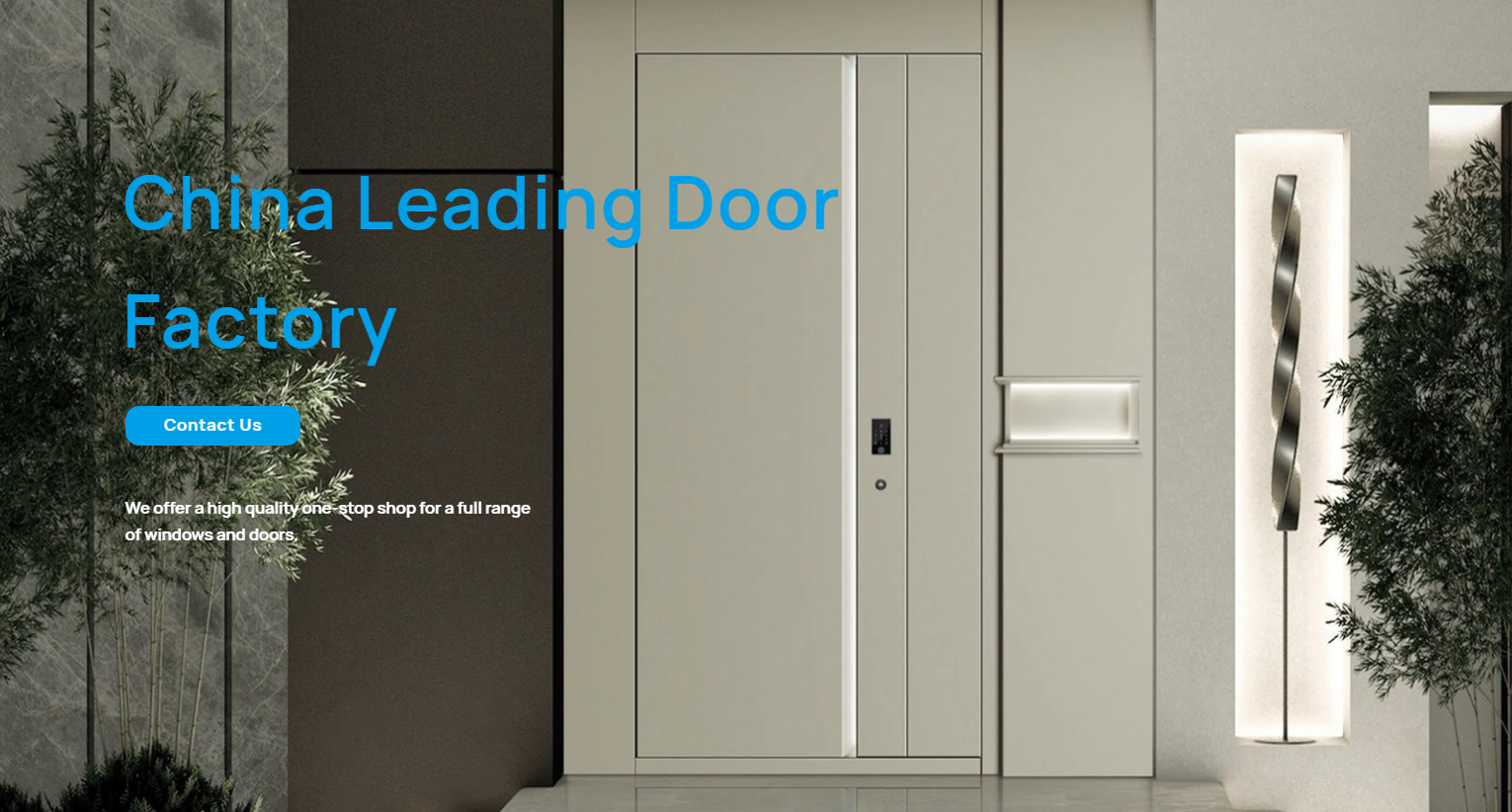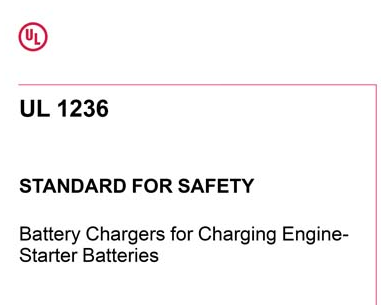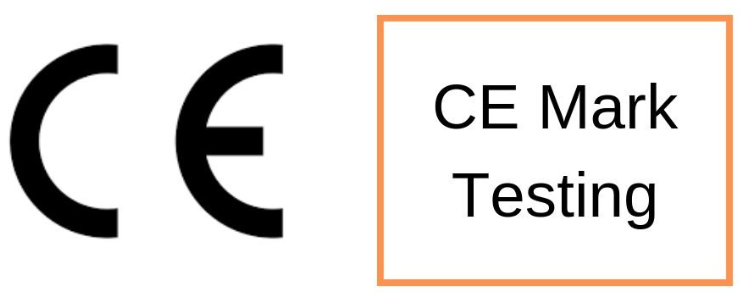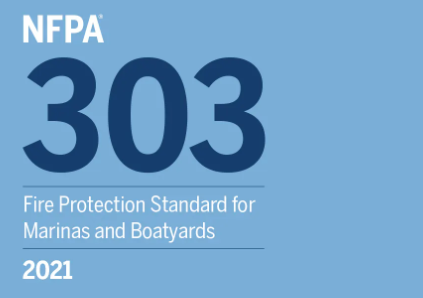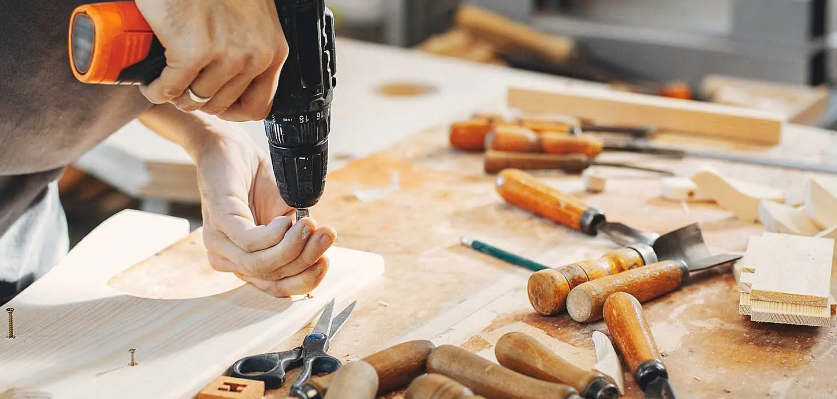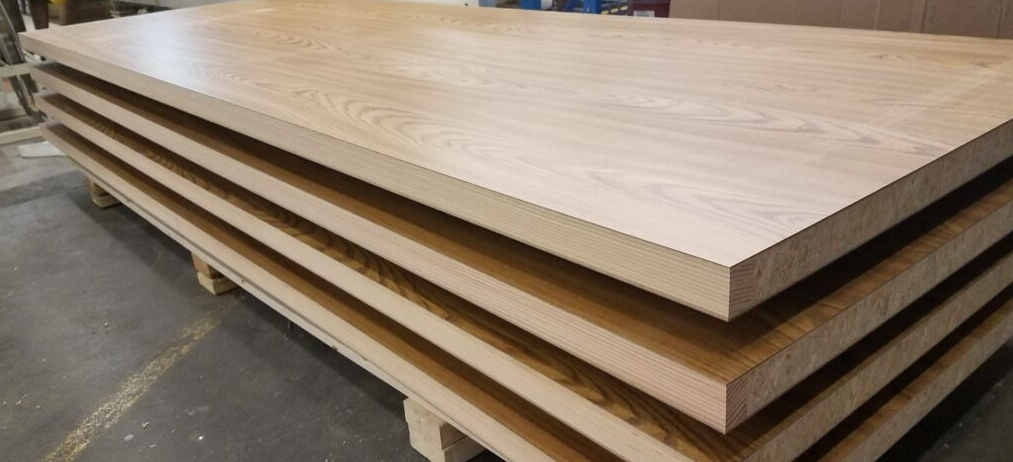Table of content:
How Deep Should We Bury Fiber Optic Cable?
-Factors Affecting Burial Depth
-Recommended Burial Depths
-Additional Considerations
What Commen Issue Might Happend When We Bury Fiber Optic Cable? How to Avoide It?
-Common Challenges
-Mitigation Strategies
-Fiber Optic Cable Installation Guide
-Pre-Installation Planning and Design
-Cable Installation and Termination
-Testing and Certification
-Maintenance and Troubleshooting
How Deep Should We Bury Fiber Optic Cable?
Fiber optic cable, a cornerstone of modern telecommunications, has revolutionized the way we communicate, access information, and conduct business. This technology relies on the transmission of light through thin glass fibers to carry vast amounts of data at incredible speeds. To ensure the optimal performance and longevity of fiber optic networks, proper installation is paramount. A crucial aspect of this process is determining the appropriate burial depth for the cable.
Burial depth is not a one-size-fits-all metric. It is influenced by a complex interplay of geographical, environmental, and operational factors. Burying the cable too shallowly can expose it to damage from various threats, such as construction activities, agricultural equipment, and natural disasters. Conversely, burying it excessively deep can increase installation costs and complicate maintenance efforts.
Here TTI Fiber will share the key factors that determine the ideal burial depth for fiber optic cable, providing insights into industry standards, best practices, and real-world considerations. By understanding these principles, network operators, engineers, and contractors can make informed decisions to protect their fiber optic infrastructure and ensure its reliable operation.
Factors Affecting Burial Depth
The decision of how deep to bury fiber optic cable is influenced by a multitude of factors that vary significantly across different geographical regions and environmental conditions.
Geographical Location
-Climate: Extreme temperatures, whether scorching heat or freezing cold, can impact the cable's material properties and performance. For example, in regions with severe frost, the cable should be buried below the frost line to prevent damage from freezing and thawing cycles.
-Soil Composition: The type of soil significantly affects the cable's stability and protection. Rocky or gravelly soil may require deeper burial to safeguard the cable from potential damage. Conversely, sandy or clay-rich soil might necessitate different considerations due to its susceptibility to erosion or water retention.
-Vegetation and Wildlife: Dense vegetation or the presence of burrowing animals can increase the risk of cable damage. In such cases, deeper burial may be necessary to protect the cable from root intrusion or animal activity.
-Seismic Activity: Regions prone to earthquakes require special attention to cable burial depth. Seismic loads can exert significant forces on underground infrastructure, and deeper burial can enhance the cable's resistance to ground movement.
Environmental Factors
-Frost Line Depth: As mentioned, the frost line, or the maximum depth at which the ground freezes, is a critical factor in determining burial depth. Burying the cable below the frost line prevents damage caused by freezing and thawing.
-Erosion Risks: Areas susceptible to erosion, such as riverbanks or coastal regions, demand careful consideration of burial depth. The cable should be installed deep enough to withstand the erosive forces and prevent exposure.
-Flooding Potential: In flood-prone areas, the cable must be buried above the expected flood level to avoid water ingress and damage. Additional protective measures, such as watertight enclosures or conduit systems, may also be necessary.
Potential Threats
-Construction Activities: Underground construction projects pose a significant risk to buried cables. To minimize the likelihood of damage, fiber optic cables should be buried at a depth that is typically below the depth of most utility lines.
-Agricultural Equipment: In rural areas, agricultural activities can damage underground cables. Plows, cultivators, and other heavy machinery can inadvertently cut through the cable if it is buried too shallowly.
-Utility Line Installations: When installing new utility lines, there is a risk of damaging existing underground cables. Proper coordination and excavation practices are essential to prevent cable disruptions.
Industry Standards and Regulations
Adhering to industry standards and government regulations is crucial for ensuring the safety and reliability of fiber optic networks. Organizations such as the American National Standards Institute (ANSI) and the Telecommunications Industry Association (TIA) provide guidelines for cable installation, including burial depth recommendations. Additionally, local and national regulations may specify minimum burial depths for various types of infrastructure.
Recommended Burial Depths
While there is no universal standard for fiber optic cable burial depth, general guidelines can be established based on common practices and industry recommendations.
-General Guidelines: In most cases, burying fiber optic cable at a depth of 24 to 36 inches (60 to 90 cm) is considered adequate. This depth provides reasonable protection against most common threats.
-Specific Environments:
-Urban Areas: Due to the higher density of underground utilities and construction activities, a burial depth of 36 to 48 inches (90 to 120 cm) may be preferable.
-Rural Areas: In less populated areas, a burial depth of 24 to 30 inches (60 to 75 cm) might be sufficient, but deeper burial may be necessary in areas with heavy agricultural activity.
-Suburban Areas: A middle ground between urban and rural areas, suburban areas often require a burial depth of 30 to 36 inches (75 to 90 cm).
-Aerial vs. Underground Installations: While this article primarily focuses on underground installations, it's important to note that aerial installations have their own set of considerations, including factors such as wind loads, ice accumulation, and the potential for vandalism.
-Cable Types: Different types of fiber optic cables (outdoor plant, riser, indoor) have varying mechanical and environmental requirements. Consulting the cable manufacturer's specifications is essential to determine the appropriate burial depth.
Additional Considerations
-Cost-Benefit Analysis: Balancing the cost of deeper burial with the potential risks of cable damage is essential. Conduct a thorough cost-benefit analysis to determine the optimal burial depth for a specific project.
-Maintenance and Repair: Consider the long-term implications of burial depth on cable maintenance and repair. Deeper burial may make access more difficult and costly in case of cable failures.
-Future Trends and Technologies: Stay informed about emerging technologies and trends in fiber optic cable installation. Advancements in cable materials, installation techniques, and protective measures may influence future burial depth recommendations.
Properly determining the burial depth for fiber optic cable is a critical aspect of network design and installation. By carefully considering geographical, environmental, and operational factors, as well as adhering to industry standards and regulations, network operators can significantly enhance the reliability and longevity of their fiber optic infrastructure. While there is no one-size-fits-all solution, a comprehensive understanding of the influencing factors and the application of best practices will help ensure the successful deployment and protection of fiber optic cables.
Table of content:
How Deep Should We Bury Fiber Optic Cable?
-Factors Affecting Burial Depth
-Recommended Burial Depths
-Additional Considerations
What Commen Issue Might Happend When We Bury Fiber Optic Cable? How to Avoide It?
-Common Challenges
-Mitigation Strategies
-Fiber Optic Cable Installation Guide
-Pre-Installation Planning and Design
-Cable Installation and Termination
-Testing and Certification
-Maintenance and Troubleshooting
What Commen Issue Might Happend When We Bury Fiber Optic Cable? How to Avoide It?
The successful deployment and long-term performance of fiber optic networks are contingent upon the meticulous planning, installation, and maintenance of buried fiber optic cable. Several common challenges can arise during and after the installation process, necessitating proactive mitigation strategies to ensure network reliability and longevity.
Common Challenges
•Physical Damage:
•Trenching and Excavation: Unintentional cable severing during excavation activities.
•Construction Activities: Damage caused by nearby construction projects.
•Rodent and Animal Interference: Cable compromise due to burrowing animals.
•Environmental Factors:
•Water Ingress: Infiltration of water into the cable, leading to signal degradation.
•Soil Conditions: Adverse soil conditions, such as corrosive environments or shifting ground, impacting cable integrity.
Mitigation Strategies
To mitigate these challenges, a comprehensive approach is essential:
•Rigorous Pre-installation Planning:
•Thorough Site Surveys: Detailed assessments to identify potential risks and develop contingency plans.
•Utility Coordination: Effective collaboration with utility companies to minimize conflicts.
•Enhanced Cable Protection:
•Material Selection: Utilization of high-quality cable jackets and protective coatings.
•Physical Protection: Implementation of conduit or duct systems and warning markers.
•Expert Installation and Maintenance:
•Qualified Personnel: Deployment of experienced and certified installation teams.
•Adherence to Standards: Strict compliance with industry best practices and standards.
•Preventive Maintenance: Regular inspections and maintenance programs.
•Emergency Response Preparedness:
•Contingency Planning: Development of comprehensive emergency response plans.
•Rapid Response Teams: Availability of skilled personnel and equipment for swift repairs.
By implementing these strategies, network operators can significantly reduce the risk of damage to buried fiber optic cable, enhance network resilience, and extend the lifespan of the infrastructure.
Fiber Optic Cable Installation Guide
The successful deployment of fiber optic cable networks necessitates meticulous planning, execution, and adherence to rigorous industry standards. This comprehensive guide outlines the critical steps involved in fiber optic cable installation, from initial site assessment to final network certification. By following these guidelines, telecommunications professionals can ensure the construction of high-performance, reliable, and durable fiber optic infrastructure.
Pre-Installation Planning and Design
-Feasibility Study: Conduct a detailed analysis of the proposed network, including route selection, cable specifications, and equipment requirements.
-Network Design: Develop comprehensive network diagrams and documentation, incorporating factors such as cable routing, splicing locations, and termination points.
-Permit Acquisition: Obtain necessary permits and approvals from relevant authorities, including right-of-way permits and underground utility locates.
-Resource Allocation: Assemble the requisite personnel, equipment, and materials to support the installation project.
Cable Installation and Termination
-Cable Selection and Handling: Choose appropriate fiber optic cable types based on network topology, environmental conditions, and performance requirements. Implement proper handling procedures to prevent damage.
-Trenching and Duct Installation: Employ trenching techniques and conduit systems that comply with local regulations and industry standards. Ensure adequate protection against physical and environmental threats.
-Cable Pulling and Routing: Utilize appropriate cable pulling equipment and techniques to minimize cable stress and damage. Implement effective cable management practices within conduits or aerial spans.
-Fiber Optic Splicing: Employ precision fusion splicing or mechanical splicing techniques to achieve optimal fiber connectivity. Adhere to stringent cleanliness standards and industry-recommended practices.
-Connectorization: Install high-quality connectors using proper termination procedures to ensure reliable optical performance and signal integrity.
Testing and Certification
-Optical Power Meter (OPM): Utilize OPMs to measure optical power levels at various points within the fiber optic network.
-Optical Time Domain Reflectometer (OTDR): Employ OTDRs to characterize fiber link performance, identify faults, and measure fiber attenuation and dispersion.
-Fiber Optic Certifiers: Conduct comprehensive fiber optic link certifications to verify compliance with industry standards and customer specifications.
-Documentation: Generate detailed test reports and as-built documentation for future reference and troubleshooting.
Maintenance and Troubleshooting
-Preventive Maintenance: Establish a routine maintenance program to inspect and clean fiber optic connectors, identify potential issues, and minimize downtime.
-Fault Isolation and Repair: Develop efficient procedures for troubleshooting and repairing fiber optic network faults, including the use of diagnostic tools and techniques.
-Emergency Response: Implement emergency response plans to address fiber optic cable failures promptly and minimize service disruptions.
Successful fiber optic cable installation requires a combination of careful planning, skilled execution, and adherence to industry best practices. By following the guidelines outlined in this guide, telecommunications professionals can build robust and reliable fiber optic networks that meet the demands of today's high-speed connectivity requirements.
View more suppliers:
HoReCa Furniture
Kitchen & Bath Faucet
Commercial Led Light
Coffee Grinder Factory
Wheel Rims Manufacturer
Fiber Cable Supplier
Reliable Door Supplier










